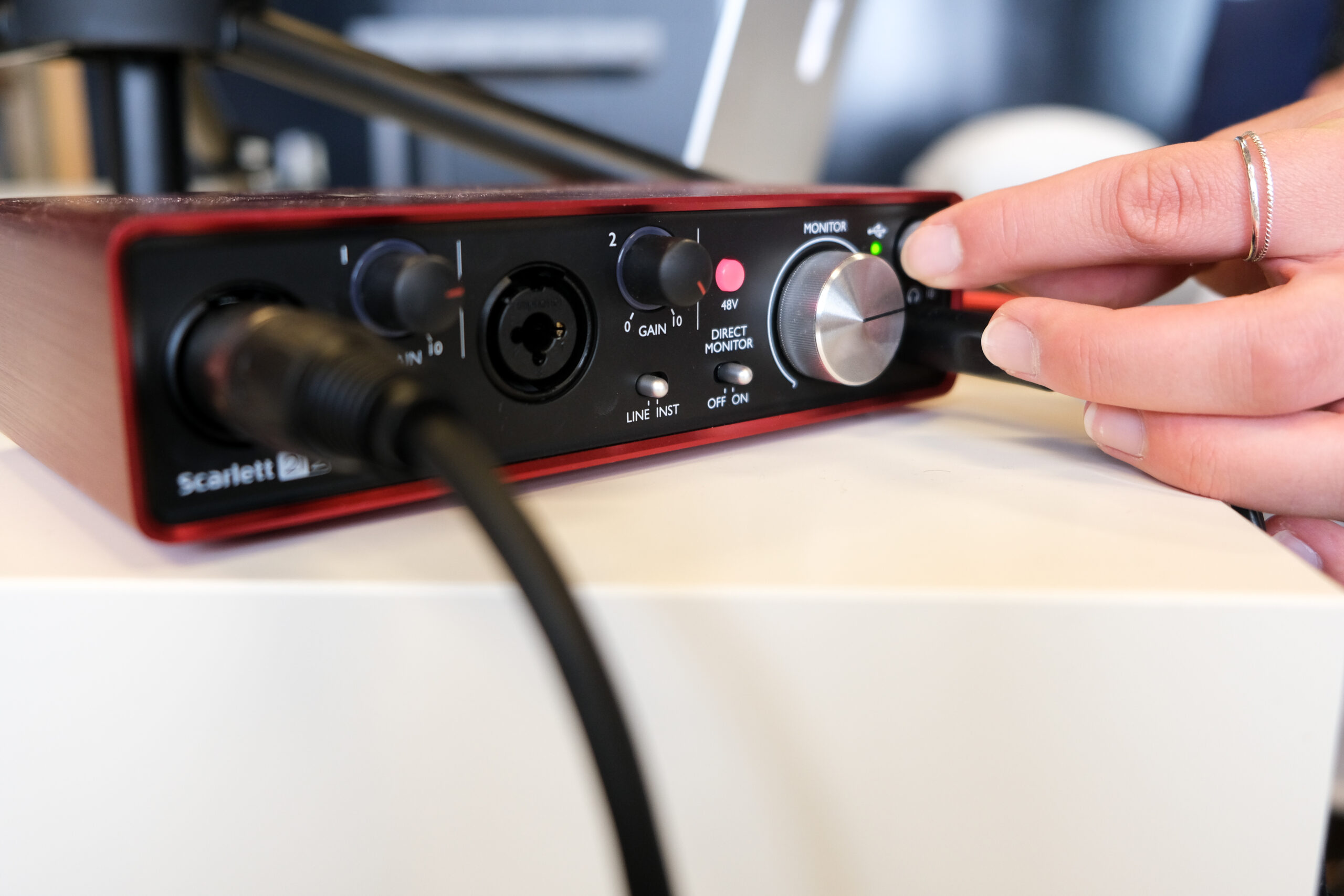Enablement, at its core, is a cross-functional part of any successful sales organization. Whether it’s an enablement team of one or a team of many, enablement professionals are often tasked with demonstrating how their programs and initiatives make a tangible impact on revenue across the organization.
“I believe that we [sales enablement] do need to be owners of revenue because, first and foremost, it gives us skin in the game,” said Petek Hawkins, head of global learning, enablement, and development at Fivetran. “We have something to work towards, and it’s something that we can connect to. And when you are a part of that revenue growth, you actually have more buy-in internally and externally.”
Building the case for how sales enablement impacts the overall revenue targets is essential to ensure the success of the programs aimed at improving sales performance for the future. To measure the impact, it can be beneficial to start with understanding how to capture key data that enablement can influence to create an accurate baseline that maps back to the health of the sales organization.
From there, enablement can track its impact on areas such as customer loyalty and retention, sales readiness and consistent performance, and buyer engagement and conversion rates.
Below, explore three key metrics that can help enablement quantify its impact on revenue.
Track Net Promoter Scores to Gauge Customer Satisfaction and Retention
According to Sales Enablement Analytics 2021 report, there has been an increase in the percentage of organizations that track NPS as a performance metric. Over the past year, this has grown by four percentage points year-over-year, and those that track this metric are reporting higher customer retention rates by seven percentage points. There is a growing importance in connecting enablement programs to buyer behavior to pinpoint actions enablement can take to improve the overall buyer experience.
For example, enablement can influence customer satisfaction by streamlining high-quality behaviors throughout the sales organization that have proven to be well-received by buyers, helping reps strengthen relationships with prospects and customers alike. The NPS score can be a leading indicator for customer satisfaction and help sales teams correlate satisfaction with customer retention. By demonstrating how enablement’s influence impacted customer satisfaction, the NPS score can paint a clearer picture of increasing reliable revenue streams through retention.
“What we’ve seen is our most successful customers have us see them throughout that whole customer journey, not just in the sales process where we’re trying to get the dollars, but during implementation and of course after implementation with our customer success management team,” said Wynne Brown, head of revenue at Fable. “I feel like customer-centricity is a little bit like art – you know it when you see it. But we are trying to put at least that cipher or that symbol in place that we know that if we visit and we show up and we form real human relationships, we succeed more because the customer succeeds more.”
Measure the Success of Onboarding Programs from Time to Productivity to Time to Ramp
As one of the most traceable and cleanly measurable data points to quantify impact, enablement can help sales leaders understand how long it takes to get a new rep fully up to speed by tracking the time from when the program first started to when the rep closed their first deal. Additionally, enablement can point to training programs designed to improve specific skills that help reps engage with customers, learn more about their products and offerings, and ultimately help reps consistently close deals while enhancing productivity and efficiency.
“We’re looking at training session attendance, completion of LMS materials, and then we correlate that with their performance,” said Jonas Taylor, manager of GTM enablement at Lattice. “If you see high performers coming out of your onboarding program, or you notice that your best reps across the revenue organization are engaged with what enablement is producing, that’s a really good sign that you’re doing something right,”
As a top goal across sales enablement teams, creating efficient and effective onboarding experiences for reps can have a significant impact on the business. When reps are onboarded quickly and successfully, it helps increase quota attainment and get reps ready to sell and drive more growth for the business.
Report on the Level of Personalization of Customer Engagement
Reps are always looking to create deeper and more meaningful relationships with their prospects and customers. To help understand the effectiveness of their efforts, sales enablement can report on the level of personalization in customer engagements to help show how cultivating a unique customer experience impacts revenue. In fact, organizations that measure the level of personalization of customer engagements report an 11-percentage-point increase in win rates and a three-percentage-point decrease in no-decision deals.
Personalization can include properly segmenting audiences and buyer groups, tailoring content specific to the right buyer, and understanding the current challenges or competition a buyer cares about. These are all ways in which enablement can help solve for the challenge a rep may face when trying to effectively engage with a customer and looking for ways to foster a stronger connection throughout the sales cycle.
“Today’s buyers really do a lot of homework in advance of buying,” said Kris Rudeegraap, CEO of Sendoso. “There’s a lot of information out there on the web, and because of that, when salespeople are reaching out, I think relevancy and personalization are some key things that you’ve got to think about when going after the buyer. I think an orchestrated outreach and not bombarding with generic mass outreach is really what matters to them.”
Measuring the metrics that matter to the overall business’ revenue goals can help create some common ground between enablement teams and essential stakeholders and leaders. A data-driven approach to enablement can not only help enhance enablement strategies for the future, but it can also bolster the need for more executive buy-in and critical investment and help engage reps quarter after quarter for more reliable and predictable revenue forecasts.
“The main advantage of being more metric focused is bringing to life the idea of the assistant coach and strategic partner to the leadership,” said Maria Belen Eglez, south EMEA sales enablement leader at Mulesoft. “We become the strategic partner with the managers and executives because we help them solve problems.”









